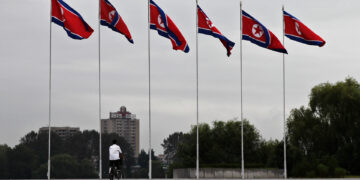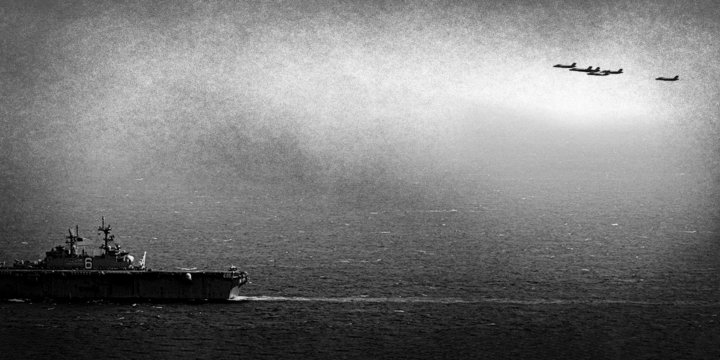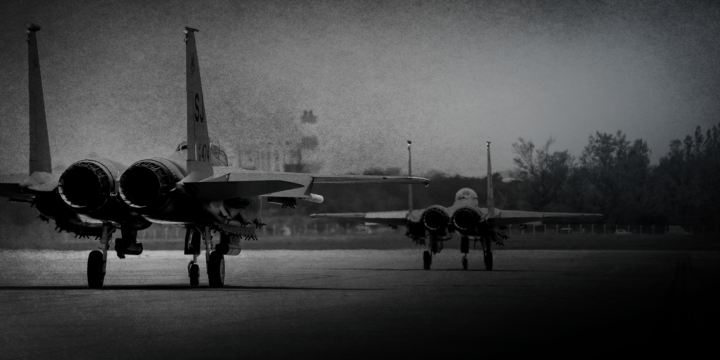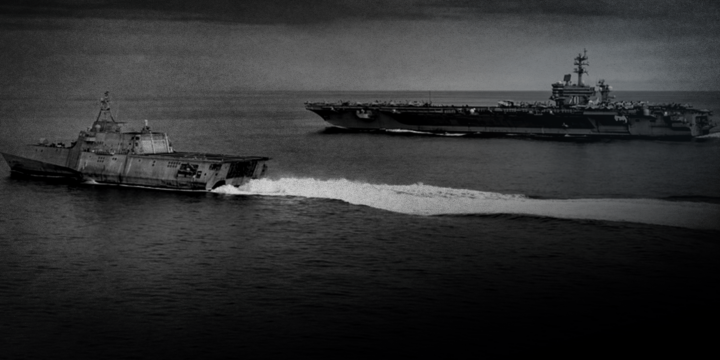
What the Quad is
- Since its establishment in 2007, the Quadrilateral Security Dialogue (QSD or Quad) has transformed into a multilateral forum to enhance military coordination in the Indo-Pacific among the U.S., Japan, India, and Australia and to address issues of mutual concern—particularly the rise of China. The U.S. has pushed for this transformation.
- Quad members speak of the group as a forum for issues in the Indo-Pacific ranging from COVID-19 and climate change to emerging technologies. But China, Asia’s biggest power, is integral to addressing each issue.
- In early 2021, the group’s leaders signed a joint statement reiterating the importance of a rules-based order in the Indo-Pacific—a reference to what all four members regard as China’s illegitimate claims in the South and East China Seas.
- Indo-Pacific Quad members also have disputes with China: India over its shared border with China; Japan over China’s sovereignty claims over the Senkaku islands; and Australia over worsening ties, including onerous trade restrictions and tariffs.
Quad members and China
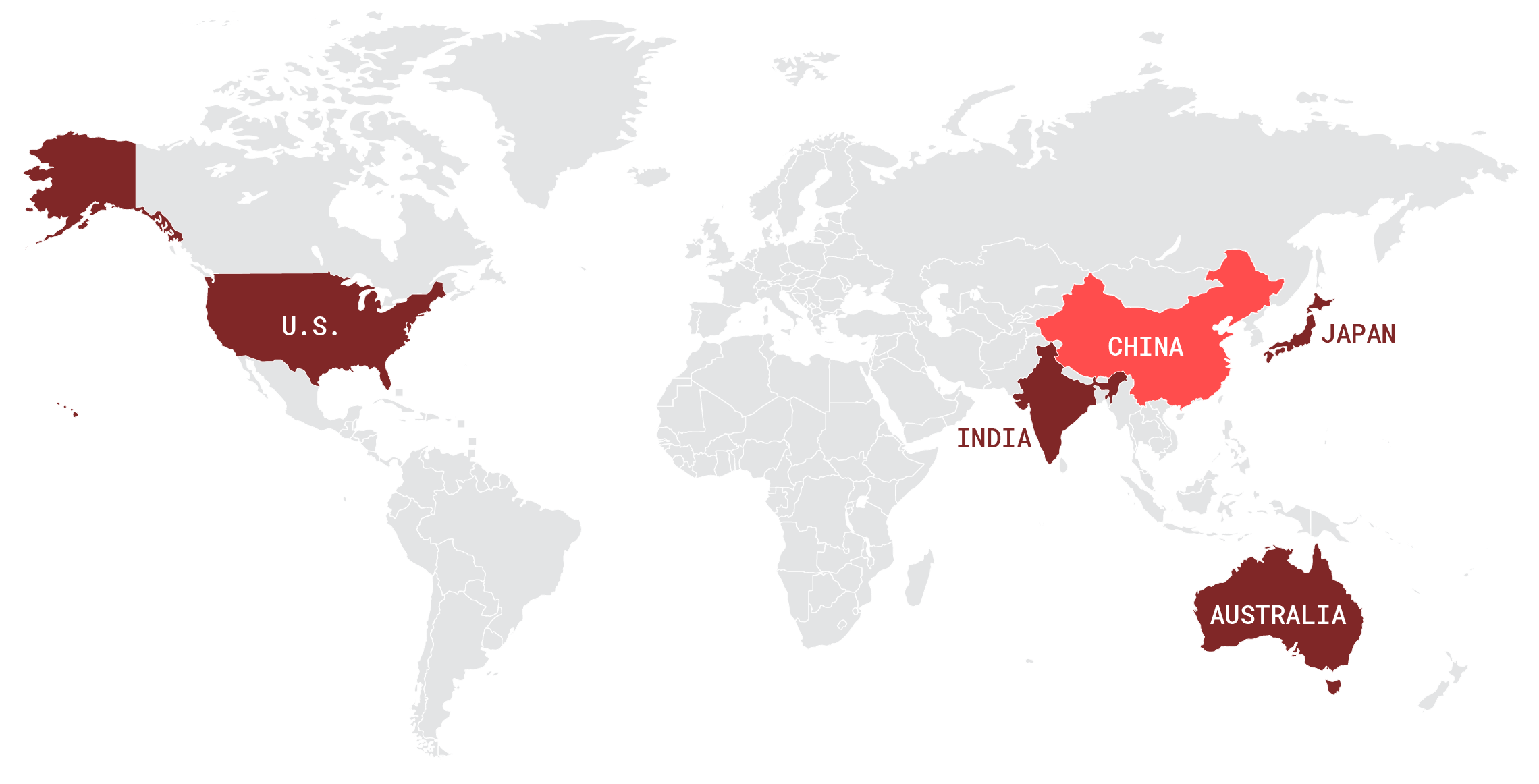
The U.S. has defense treaties with Quad members Japan and Australia (including the recently announced AUKUS security pact that will provide nuclear-powered submarines to Australia), and a strong partnership with the fourth, India. But the Quad is not, and should not be, an anti-China military alliance.
What the Quad is not
- In recent years, the U.S. has worked to build support for and to formalize the Quad around joint statements, military exercises and coordination, and arms sales, with some commentators calling it an “Asian NATO” and drawing a Cold War-era comparison.
- The comparison is inapt. Unlike NATO, the Quad is not a military alliance with a formal common defense agreement, and competition with China is different from the Cold War standoff between the USSR and the West in critical ways.
- Unlike continental Europe, geography in the Indo-Pacific, including water and mountains, make Chinese territorial expansion unlikely. China invading a smaller neighbor would be difficult and costly; invading a Quad member would be nearly impossible.
- Japan, India, and Australia have different interests and exhibit nuance in their views vis-à-vis China. While they welcome the opportunity for greater U.S. security guarantees, they also value access to Chinese markets, which are vital to their own prosperity.
- Indo-Pacific Quad members are wary of China, but do not view it as an intractable foe. India in particular is highly resistant to joining security alliances and branding itself as inherently anti-China.
- Neither a large U.S. military presence in the Indo-Pacific nor overt U.S. pressure on Quad members to pool military resources and enhance coordination is essential to maintain the status quo in the region.
- Quad members can and do provide for their own defense. India increased its annual military spending by 34 percent in the last decade and Australia by 33 percent. Japan has increased spending nine years running, with some Japanese leaders calling to exceed its long-running limit of 1 percent of GDP.
Percent of annual trade in goods
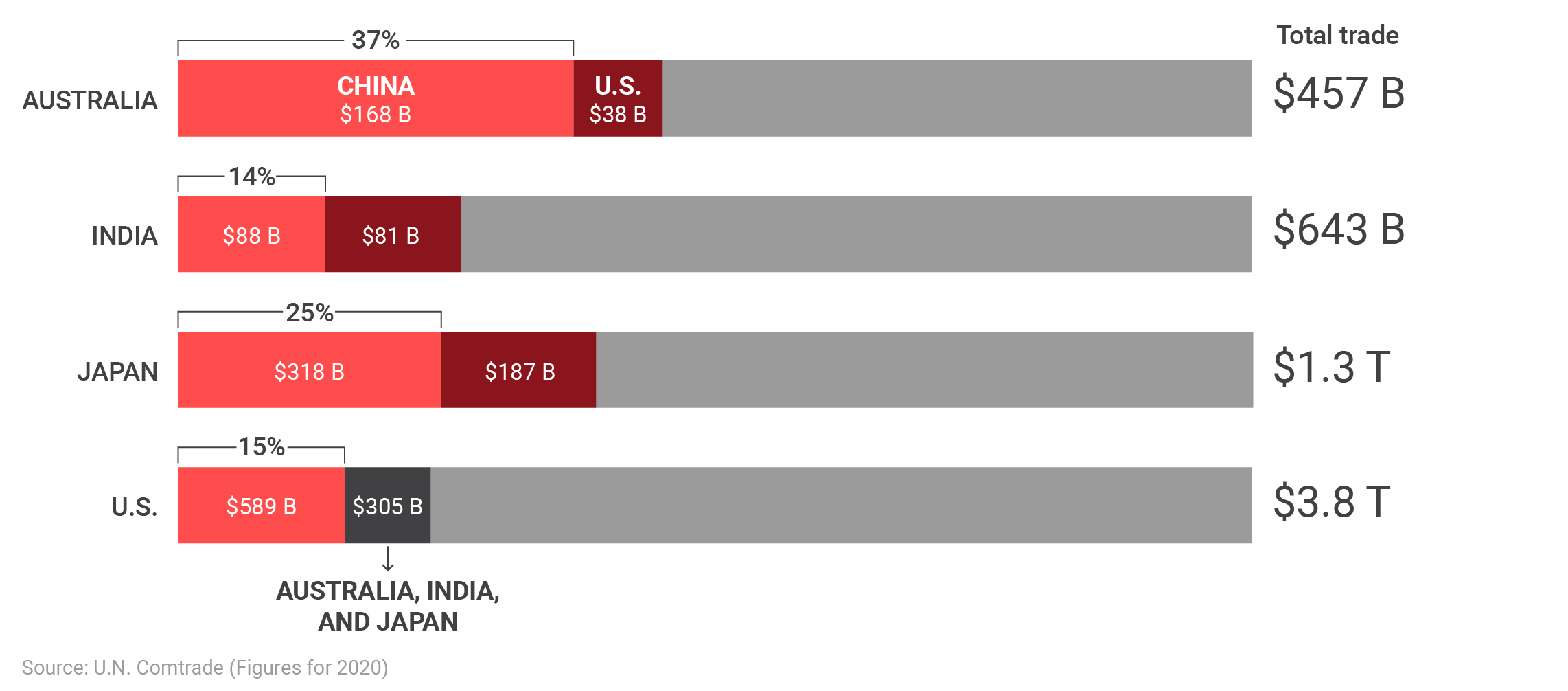
China is a top trading partner for Quad members. While Quad members view China with some wariness, each member benefits from maintaining stable and amicable relations with Beijing and avoiding a new cold war.
What the Quad should not be
- Pushing to transform the Quad into a military alliance risks locking members into institutionalized anti-China hostility that is counterproductive to U.S. interests and could provoke conflict, perhaps even war.
- A U.S. war with China would be highly destructive, cause immense economic damage globally, and could escalate to a nuclear exchange. Preventing such a war is a vital U.S. interest.
- Turning the Quad into a de facto or de jure alliance against China is likely not possible. Even attempts to do so, however, would limit dialogue with China on shared interests, including unfettered sea lanes and combatting pandemics and climate change.
- Treating the Quad as an ideologically united bloc of democracies opposed to China’s authoritarianism is more rhetoric than reality. Outside powers cannot reshape governance in China, and attempts to do so would diminish U.S. prosperity and regional stability.
- The U.S. should not ramp up permanent deployments in the Indo-Pacific. There are more than 100,000 U.S. troops and dozens of U.S. military bases already in the region.
- Expansive U.S. forward deployments in the Indo-Pacific drain limited resources and incentivize allies and partners to free ride and become security dependents. The U.S. should look for opportunities to reduce forward deployments.
- Nor should the Quad be an excuse for expanding the U.S. military presence closer to China’s borders, via freedom of navigation operations (FONOPS), which would increase China’s formidable missile threat to U.S. forces.
- The U.S. should serve as a balancer of last resort in the Indo-Pacific, repositioning as a force that could “surge” in the event of a crisis.
- The U.S. should also pursue a strategy of “defensive defense,” in which U.S. allies and partners in the Indo-Pacific purchase or are provided their own A2/AD technology and weapons systems (anti-ship and anti-aircraft missiles, coastal radars, submarines, and intelligence assets) to fortify themselves from possible territorial aggression.
Author

Daniel
DePetris
Fellow
More on Asia
Featuring Jennifer Kavanagh
March 27, 2025
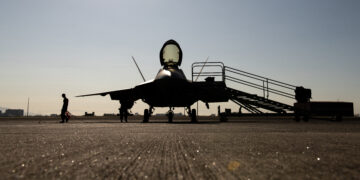
Featuring Jennifer Kavanagh
March 25, 2025

Featuring Jennifer Kavanagh
March 10, 2025
